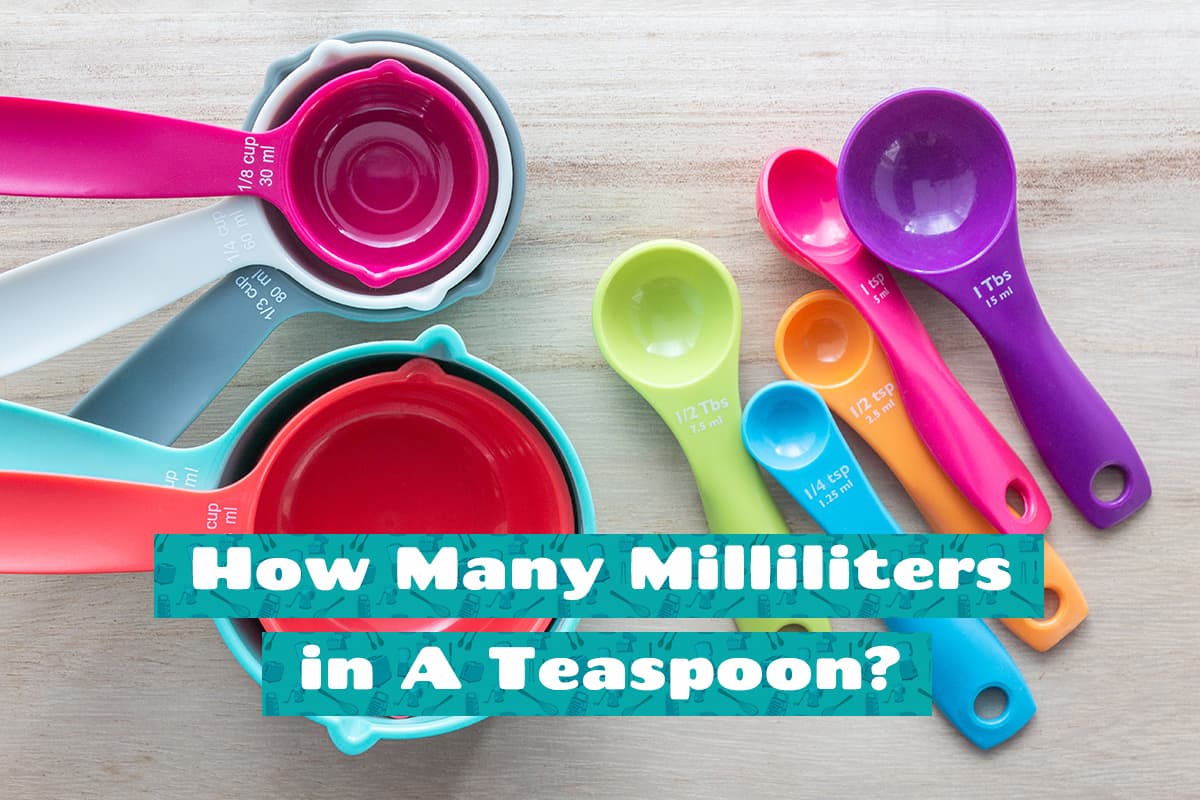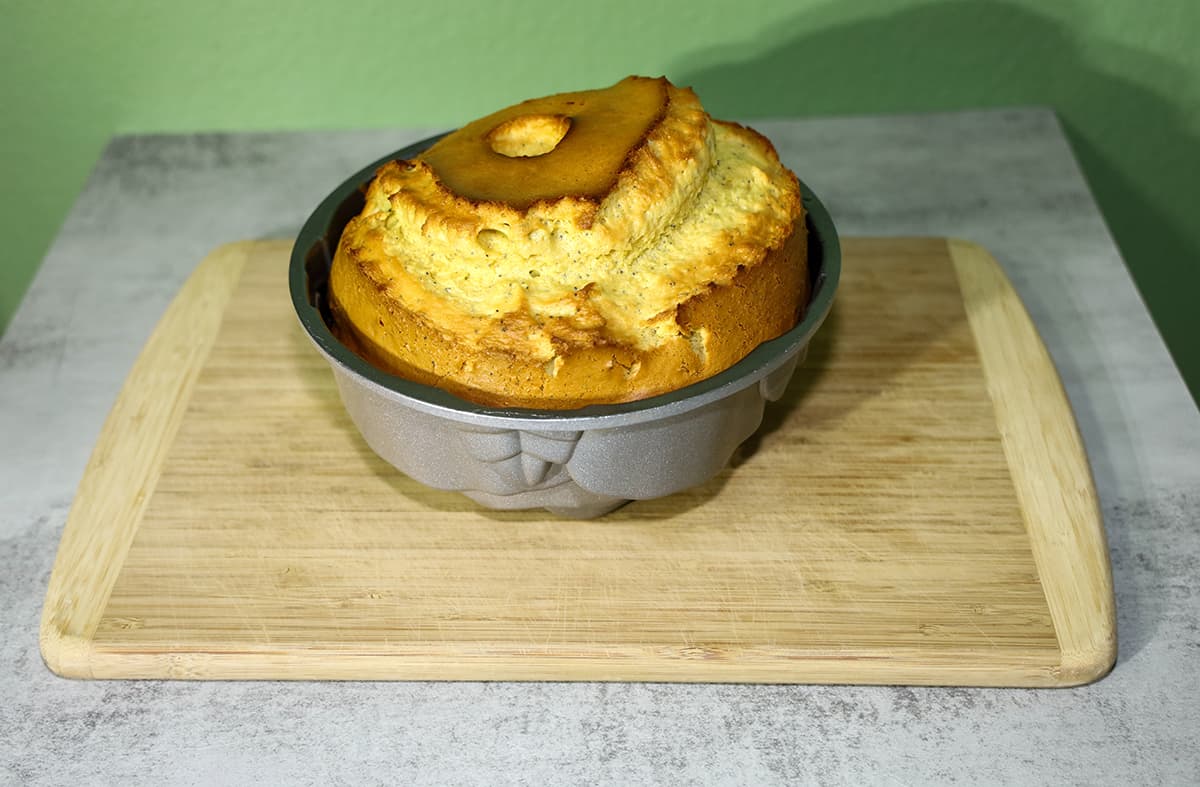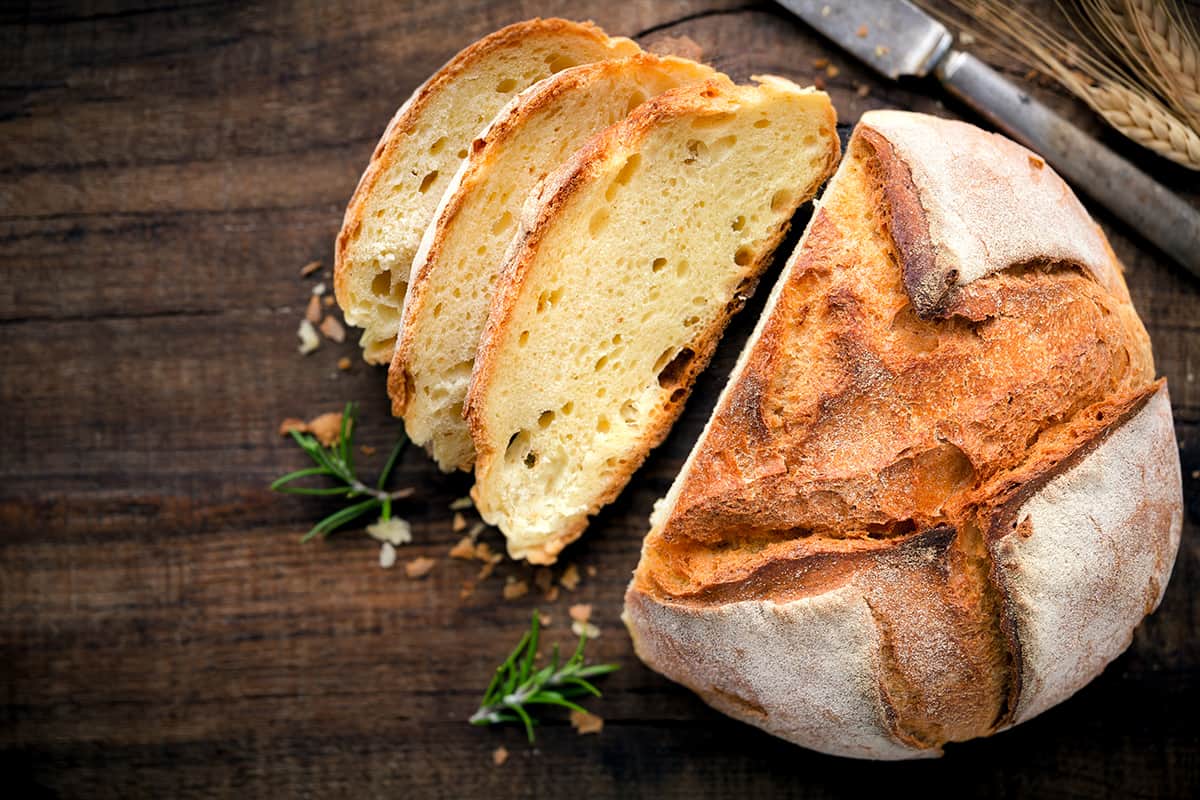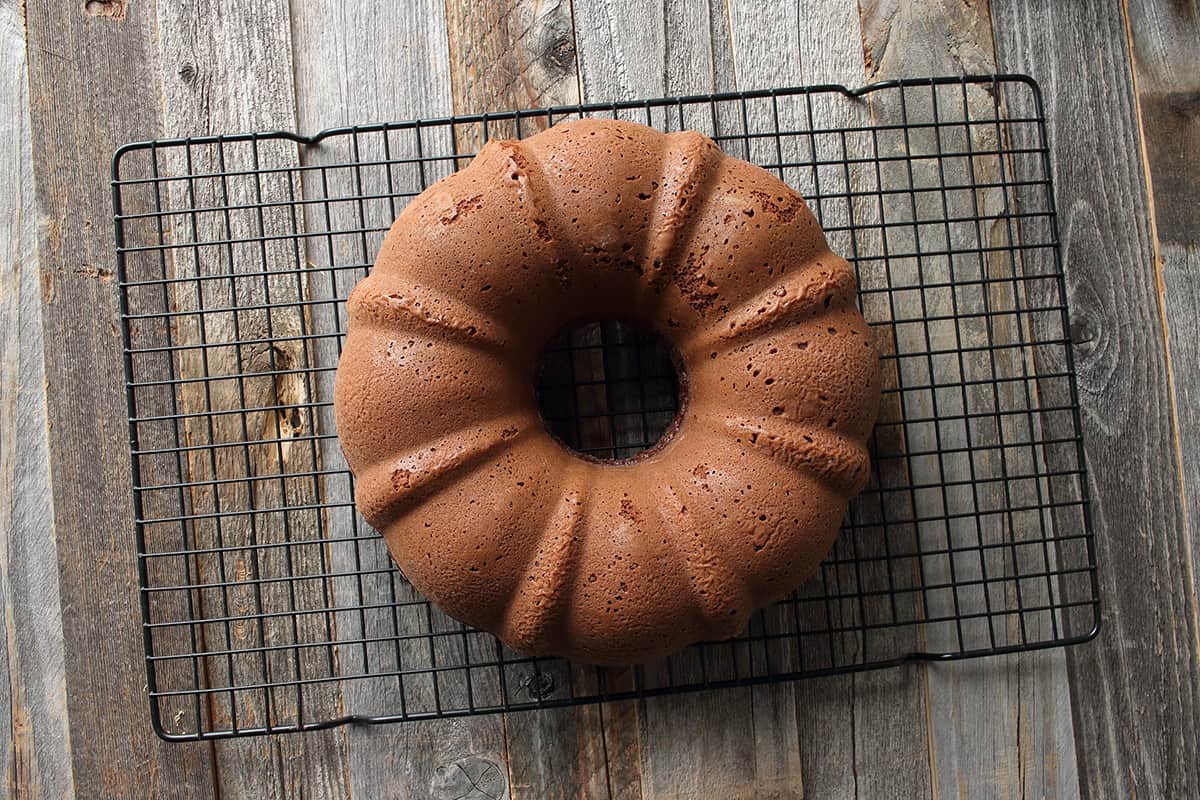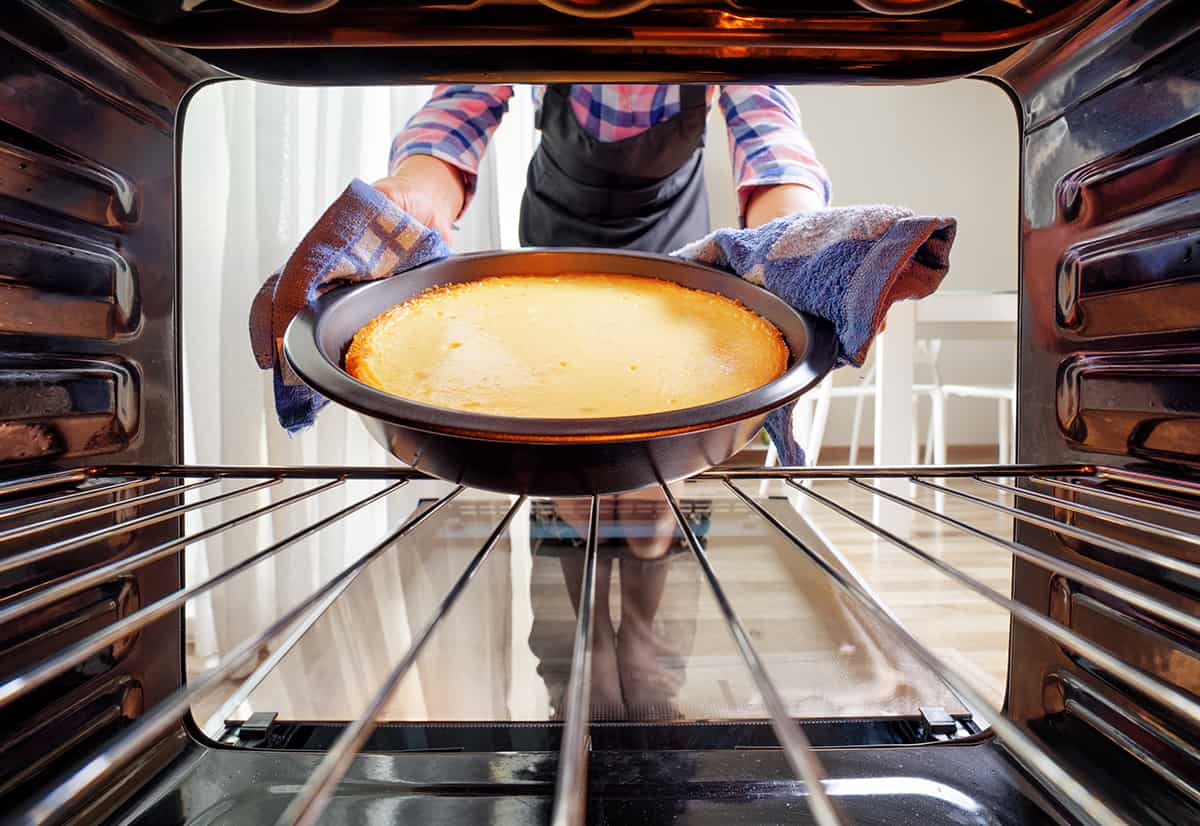If you’re like the rest of us, you probably love attempting new and exciting recipes you find online. The only problem is when the recipe is written in the strange and foreign metric system, while we in the good ole’ US use the seemingly random imperial system. So, when you need to add, say, a liter of an ingredient to your dish, how many fluid ounces is that?
A liter is the same as 33.814 fluid ounces, which is roughly the same as three Coke cans (12 fl. oz. each).
Below, we’ll show you how to convert liters to fluid ounces (and vice versa) and provide a liter-to-fluid-ounce conversion chart for convenience.
Fluid Ounces and Liters
Before we dive into the conversion factors, let’s first discuss what fluid ounces and liters are.
Fluid Ounces
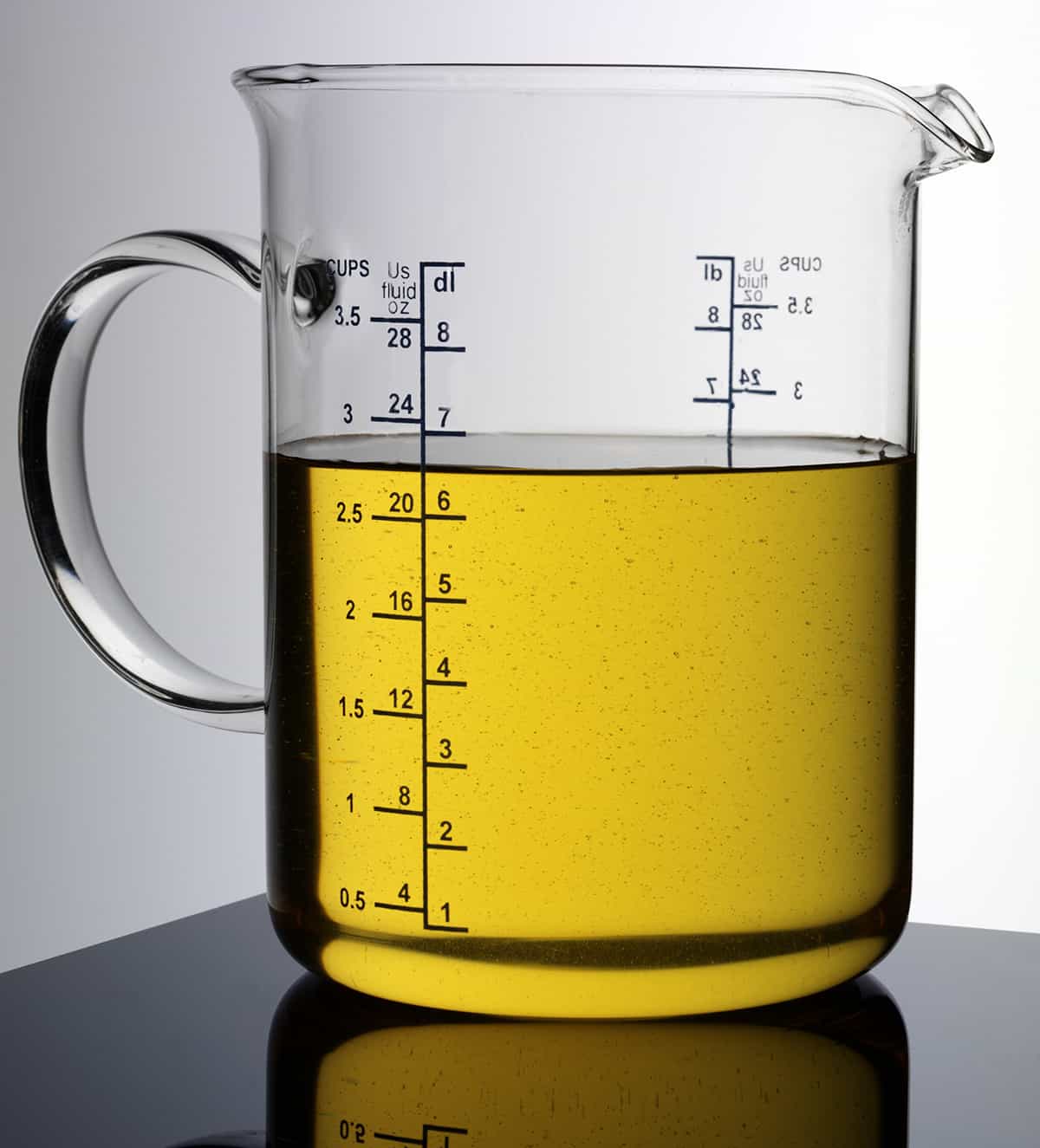
A fluid ounce, often abbreviated as fl. oz., is a measure of volume used primarily in the United States. The fluid ounce originated from the old British wine gallon, which defined the volume of one gallon of wine. You’ll frequently see fluid ounces on product labels, especially beverages, cooking ingredients, and even cosmetic items in the US.
Liters

Unlike the fluid ounce, the liter, symbolized as ‘L’ or ‘l’, is recognized worldwide. The liter is a fundamental unit of volume in the metric system, which is universally adopted with a few exceptions. Historically, a liter was defined as the volume of one kilogram of water slightly above its freezing point. While its precise definition has evolved, this connection with water provides an intuitive grasp of its size.
A Comparison Between Fluid Ounces and Liters
While both units of measurement are used to measure volume (specifically the volumes of liquids), liters are not the direct representative of fluid ounces in the metric system, so to speak. A smaller unit of measurement, known as milliliters (ml), would be a lot closer to fluid ounces (1 fl. oz. = 29.6 ml). And as we all know, 1,000 ml = 1 liter. A quart, which is 32 fluid ounces, is a lot closer to liters (1 qt = 0.9 liters). But that’s another story for another day.
How to Convert Liters to Fluid Ounces (and Vice Versa)
One thing people didn’t tell you about spending time in the kitchen is how much math is involved. It only becomes apparent when you try to recreate recipes you find online and when you don’t have the appropriate measuring tools. For instance, if a recipe calls for 1 liter of water, and you only have a measuring cup in fluid ounces, you’re in trouble! Or are you?
Luckily, converting liters to fluid ounces and vice versa is pretty simple, as long as you have the right formulas:
- Fluid Ounces = 33.814 × Liters
- Liters = Fluid Ounces ÷ 33.814
So, to convert 1 liter to fluid ounces, simply multiply 33.814 and 1 to get 33.814 fluid ounces.
On the flip side, if a recipe asks for 500 fluid ounces of a liquid, you would need to divide that by 33.814 to get about 14.8 liters.
Liter-to-Fluid-Ounce Conversion Chart
Here’s a handy conversion chart to help you quickly figure out how many fluid ounces you would get from specific liter amounts:
| Liters | Fluid Ounces |
| 0.125 | 4.23 |
| 0.25 | 8.45 |
| 0.33 | 11.16 |
| 0.5 | 16.91 |
| 0.67 | 22.66 |
| 0.75 | 25.36 |
| 1 | 33.81 |
| 1.5 | 50.72 |
| 2 | 67.63 |
| 2.5 | 84.54 |
| 3 | 101.44 |
| 3.5 | 118.35 |
| 4 | 135.26 |
| 4.5 | 152.16 |
| 5 | 169.07 |
| 6 | 202.88 |
| 7 | 236.70 |
| 8 | 270.51 |
| 9 | 304.33 |
| 10 | 338.14 |
| 11 | 371.95 |
| 12 | 405.77 |
| 13 | 439.58 |
| 14 | 473.40 |
| 15 | 507.21 |
| 16 | 541.02 |
| 17 | 574.84 |
| 18 | 608.65 |
| 19 | 642.47 |
| 20 | 676.28 |
Practical Implications in the Kitchen

Converting liters to fluid ounces and back isn’t simply about the numbers—it’s about getting the best success in the kitchen. The tiniest deviation from the recipe, depending on the ingredient in question, can leave you feeling utterly devastated.
Converting International Recipes
With the rise of global cuisines, you will often encounter recipes that use different units of measurement. Being adept at conversion helps in:
- Expanding Culinary Horizons: Easily make dishes from any part of the world.
- Accuracy: Ensure that the taste and texture of international dishes are authentic.
Common Mistakes and How to Avoid Them
Errors in kitchen measurements can have varied outcomes. Some common pitfalls include:
- Using the Wrong Tools: Ensure you use liquid measuring cups for liquids and dry cups for dry ingredients.
- Forgetting the Temperature Factor: Liquids can expand or contract with temperature. Always measure at the recommended temperature.
Scaling Recipes Up or Down
Whether cooking for a large gathering or just for two, adjusting recipe quantities is a common need. Here’s what to keep in mind:
- Proportions: Ensure all ingredients, both liquid and dry, are scaled in the same proportion.
- Cooking Time Adjustments: Larger quantities might require longer cooking times, while smaller portions cook faster.

